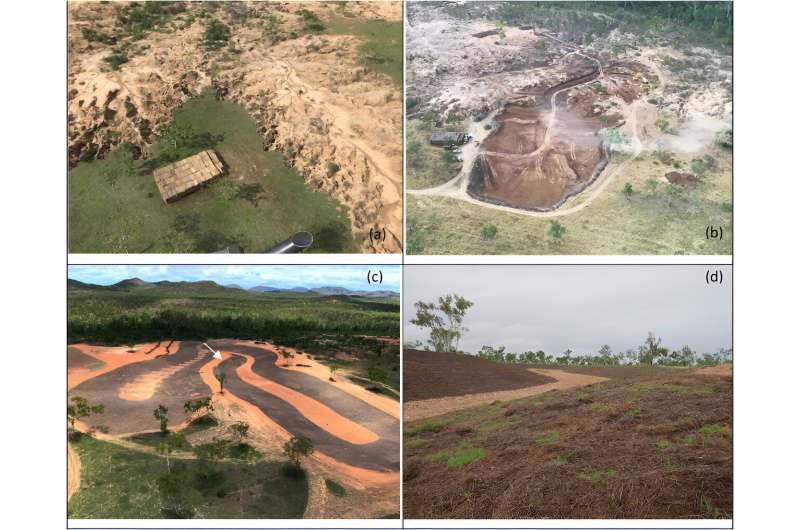Researchers from Griffith University have conducted a groundbreaking study that demonstrates how targeted remediation of large alluvial gullies can significantly reduce sediment pollution in the Great Barrier Reef. The findings, published in the International Soil and Water Conservation Research journal, provide crucial insights for improving water quality and protecting this iconic natural wonder.

Tackling the Sediment Problem
One of these in great danger today is the Great Barrier Reef from sediment pollution. Land-based runoff, especially from gullies, dumped millions of tons of fine sediment on the reef every year — smothering the fragile coral and upsetting the entire ecosystem behind it. So, a new study led by Associate Professor Andrew Brooks from the Griffith Centre for Coastal and Marine Research has tried to answer this.
The study targeted the Bonnie Doon Creek zone of the lower Burdekin River in Queensland, surveying four large alluvial gully complexes. These gullies were calculated to contribute an estimated 5,800 ± 1,500 tonnes of fine sediment annually over a period of 20 yr. The figures represent a significant level of pollution which had to be removed.
Remarkable Sediment Reduction
To test how well their remediation worked, the team conducted a Before After Control Impact (BACI) design field experiment. The results were nothing but remarkable. After only one year of rehabilitation, fine sediment yield from the four gullies reduced between 96%-99%, representing an annual reduction of about 5,500 tonnes.
“Before we began this research, local Natural Resource Management groups had basically written these big alluvial gullies off as being too hard to deal with,” Associate Professor Brooks said. This study therefore aimed to illustrate a case where major gullies can be rectified; and, what reductions in sediment delivery are possible as the result of their treatment.
Sediment Problem Overlooked Minimization of the Impacts
Kravchenko said that estimating sediment yields is not a precise science, adding that another significant conclusion of the study was an observation that methods currently employed to make such estimates may produce conservative results. The general downwearing erosion in gullies that occurs on the wing walls and slopes of the gully fan cannot be detected by even high-resolution lidar technology, as referred to by researchers.
‘If undervaluing the pre-remediation gully sediment yield, will create an underestimation of the actual reductions in sediment yields that have been achieved,’ Associate Professor Brooks said. Our results stress the need for a detailed understanding of sediment yields and gully dynamics overtime_paypal (“that underlies”) this research This information is important for the economic rationalisation of remediation efforts and also to ensure the level of works reflects the magnitude of the issue.”
